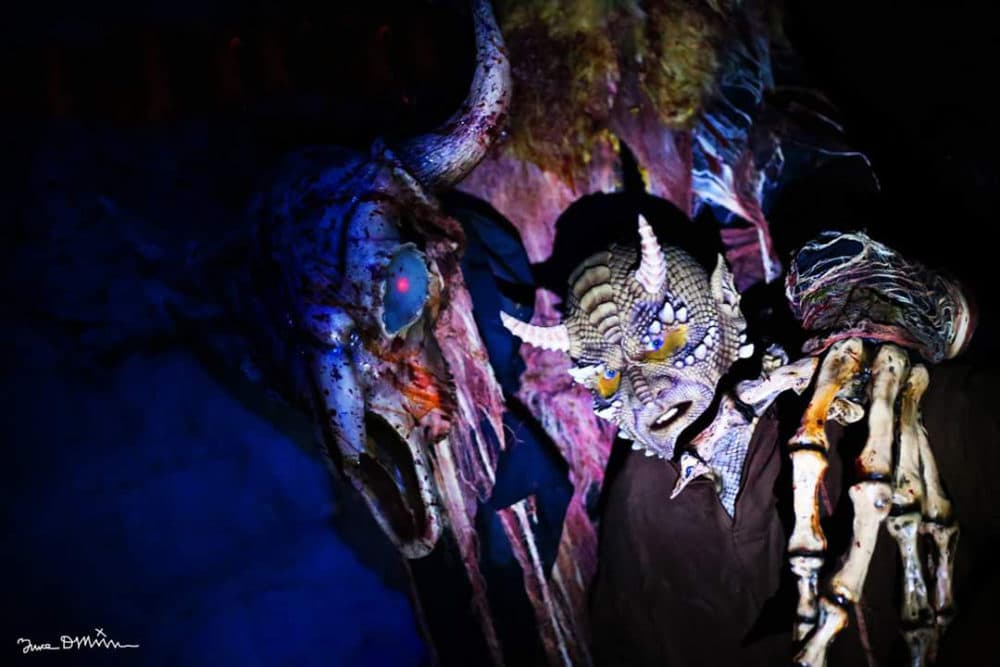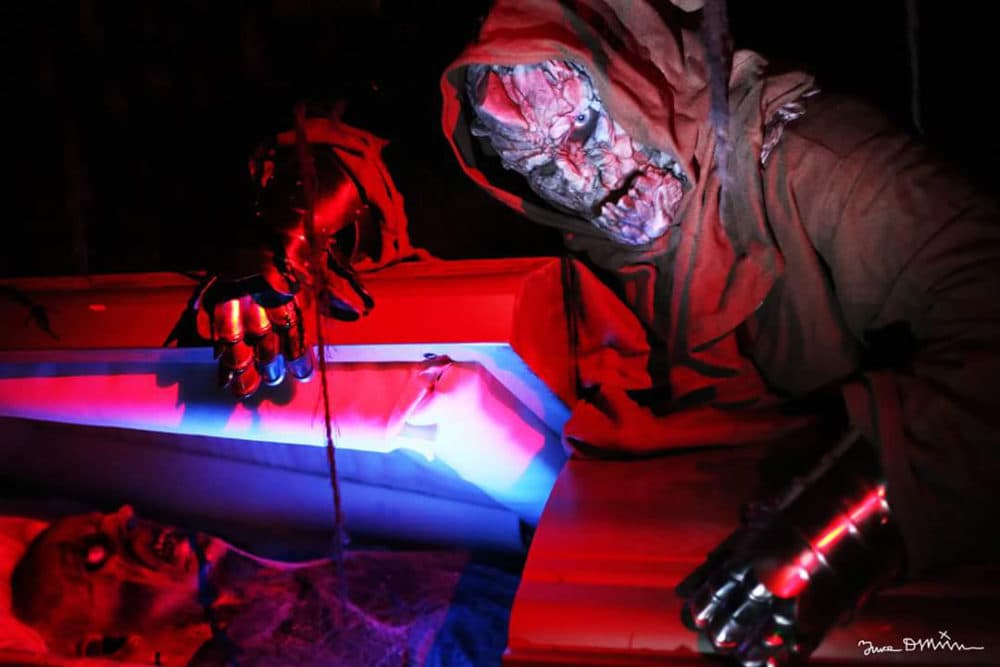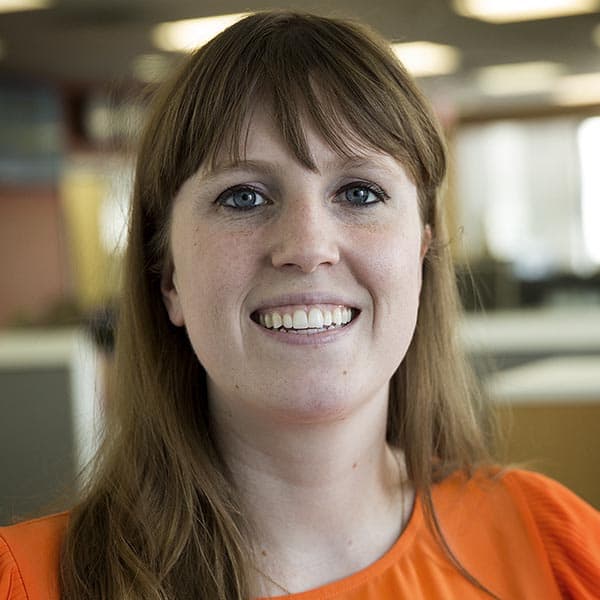Advertisement
Haunted Houses: What Is Drawing People Wanting To Be Scared?
Resume
In 2019, Americans will spend $8.8 billion on Halloween, according to the National Retailers Association. A portion of that revenue stems from the haunted houses, hayrides and experiences that open up every year across New England.
These attractions draw in people who want to be scared or to conquer their fear, while others avoid them entirely. So, what is the history behind this industry, what's it like running a haunted house today, and what draws people to want to be scared?
Guests
Skip Dylen, president of both Wicked Amusements and Chambers of Terror in Salem.
Tony Magistrale, professor at the University of Vermont. He's written books on horror, Edgar Allen Poe and Stephen King. His most recent book is "The Shawshank Experience: Tracking the History of the World's Favorite Movie."
Interview Highlights
On what he thinks about horror and haunted houses' low-brow reputation:
Dylen: "I think that because it is tied into that reflexive adrenaline rush, dopamine release, [the] nature of thrill attractions in general ... It is a base response, an animalistic response. I think that it is not a terribly cerebral thing at its core essence. That's why people have a tendency to maybe look down on it as not being something that's elevated to the degree that it should be, frankly."
On the roots of modern horror and the concept of the haunted house:
Magistrale: "You've got this great dichotomy that's created in the 18th century. The 18th century is known as the age of enlightenment. It was the era of reason and rationality. The great Americans that put together the Constitution were all deists, were all rational people. Jefferson, Ben Franklin ... it was the age of science.
"But careful, because as you get closer to the end of the century, all the lights go out in the Enlightenment. What takes over is that is the haunted house. It begins in about 1763 with 'The Castle of Otranto.' Then, when you get to the last decade of the 18th century, you've got not only the revolutions in France and the United States, but you've also got literally hundreds of Gothic texts that are produced in the 1790s.
"[Those texts] are designed not to take you to a place of rationality, but to take you to a place of what we what we've been talking about ... visceral physical response."
On how haunted houses and experiences have changed:
Dylen: "What has been elevated in the last 25 years is primarily the immersive production value of these attractions. The core fundamental design psychology behind scaring people has not changed, because what scares people has not changed. The most effective attractions out there ... are primarily tapping into xenophobia, fear of things that are foreign to us, things that are unknown to us.
"However, it is worth noting that while 25 years ago these attractions were mainly the domain of the 4H Clubs ... it is now an industry that makes billions and billions of dollars per year. You can go into your local Home Depot or any temporary Spirit Halloween store and purchase props that 25 years ago would have cost thousands and thousands in custom fabrication for a couple hundred dollars and deck your entire house out. So that has certainly escalated the expectations of the customer base in terms of they want to see."

On how the things that scare us are represented through popular culture:
Magistrale: "I think it's really important to distinguish the various levels of terror that we experience aesthetically and that we experience through literature, through art, through music and even through film. On one level, there is that terrifying ... 'Somebody's in the basement,' or, 'Don't look into that closet' ... that visceral fear.
"But, there's also always that element of the psychological that's at work. This is what made [Edgar Allen Poe] so great in the 19th century. There [are] very few supernatural events that occur in Poe's fiction. Most of it is all about the mind unraveling or the mind under duress. Human beings are ... extraordinarily vulnerable at the same time as we're resilient. I think it's that vulnerability ... that makes for great art, too."
This segment aired on October 29, 2019.

